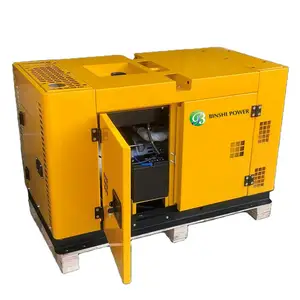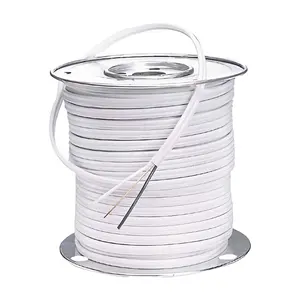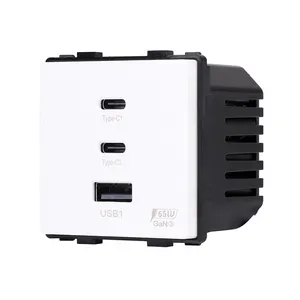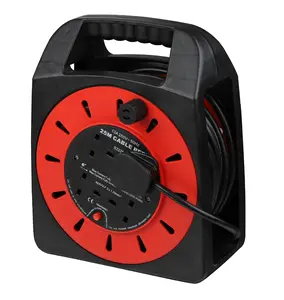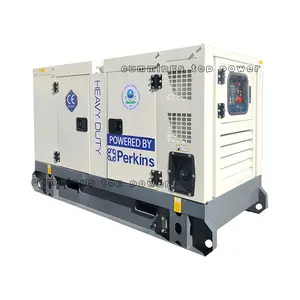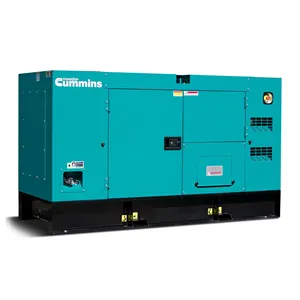Popular in your industry



















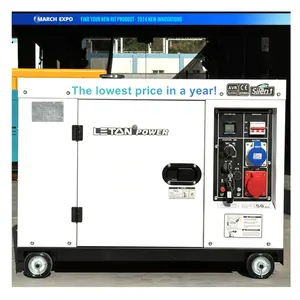





































Related Searches:



























































































































Top categories
About generator outlet
Introduction
In an era where power outages can disrupt our daily lives, generators have become a necessity rather than a luxury. This article serves as an ultimate guide to choosing the right generator outlet, providing a comprehensive understanding of generators, their types, output capacities, and the importance of matching the right outlet to your power needs. We delve into the intricacies of generator outlets, their specifications, and how to maximize the efficiency of your generator. Safety considerations and routine maintenance are also highlighted to ensure longevity and optimal performance of your generator.
Understanding Generators: Basics and Importance
Generators are fundamental devices that work on the principle of electromagnetic induction. They are primarily used as standby power sources in various settings such as homes, shops, and offices. Understanding the basics of how generators work and their importance is crucial for anyone considering a generator outlet.
Types of Generators: Which One is Right for You?
Generators come in various types, each with unique features and applications. Whole house generators can power all appliances and are ideal for areas prone to power outages. Portable generators, smaller and less expensive, are perfect for camping or powering small tools. Inverter generators adjust their speed based on electrical demands, offering reduced noise and fuel consumption. Gasoline generators are common and cost-effective, while diesel generators excel in tough conditions. Solar generators run on renewable energy but have lower power output. Lastly, natural gas generators produce fewer emissions and are cost-effective in the long run.
The Power of Generators: Output and Capacity
Generators range from 800 watts to over 500,000 watts, catering to various needs. The power or total wattage you need depends on the appliances and systems you want to power. To calculate the total wattage, consider both the running and starting wattage of each appliance. Running wattage is the electricity needed to keep the device running, while starting wattage, usually three times the running wattage, is the power needed to start the device. Add up the wattages of all items to determine the generator size you need.
Choosing the Right Generator Outlet: A Comprehensive Guide
Choosing the right generator outlet is crucial for efficient power usage and safety. Generator power cords are measured in amps, with larger amps handling more electricity. Match the power cord to the most powerful outlet on your generator to avoid wasted power or damage. The shape of the cord also matters, with different shapes designed to prevent electrical overload. For instance, 30-amp plugs come in 3-prong and 4-prong varieties, carrying 120 volts and 120/240 volts respectively. Always ensure the cord is undamaged before use to prevent electric shock.
Understanding Outlet Specifications
Understanding generator outlets begins with their classification. In North America, outlets are named using the NEMA classification, like NEMA 5-15R. These names reflect the outlet's voltage, amperage, phasing, grounding, and number of wires/prongs. For instance, NEMA 5 and 14 outlets are common for portable generators. The NEMA 5 outlets are three-wire grounding devices rated for a maximum voltage of 125V, while NEMA 14 outlets are four-wire grounding devices rated for a maximum voltage of 250V. It's crucial to understand these specifications to ensure the safe and efficient operation of your generator.
Matching Outlet to Your Power Needs
Choosing the right generator outlet is crucial to avoid wasted power or damage to your generator and appliances. Generator power cords are measured in amps, with larger amps handling more electricity. Match the power cord to the most powerful outlet on your generator. For instance, a 50-amp outlet requires a 50-amp power cord. Also, pay attention to the cord shape, as plugs and connectors are designed differently to prevent electrical overload. For example, 30-amp plugs come in 3-prong and 4-prong varieties, carrying 120 volts and 120/240 volts respectively.
Safety Considerations for Generator Outlets
When using a generator, it's crucial to avoid hazards such as carbon monoxide poisoning, electric shock, and fire. Always follow the directions supplied with the generator. Store fuel outside living areas in a locked shed or other protected area, away from fuel-burning appliances. Ensure the entire cord is free of cuts or tears and that the plug has all three prongs, especially a grounding pin.
Maximizing Efficiency: Tips and Tricks
Maximizing the efficiency of your generator involves several steps. Firstly, consider investing in an inverter generator or attaching a UPS to your conventional generator to clean up the power output. Secondly, regulate the voltage with an AVR for consistent power. Regular maintenance, such as inspecting the fuel sections and performing small checkups, is also crucial. Lastly, ensure your generator is stored in a suitable environment free from moisture and dust. Regular servicing, even when the generator is not in use, can prolong its life and performance.
Routine Maintenance for Longevity
To ensure the longevity of your generator, routine maintenance is crucial. This includes regular inspections of the exhaust system, fuel system, and engine. It's important to keep the engine properly lubricated and the coolant level maintained. Regular testing and cleaning of the fuel and batteries are also necessary. Lastly, maintaining cleanliness both inside and out can prevent damage and expensive repair work. Remember, preventive maintenance and servicing are essential to ensure optimal performance when needed.
Optimizing Generator Use for Power Efficiency
Optimizing generator use for power efficiency involves strategic load management and automated reporting. Load management strategies involve adding and disconnecting power sources and loads based on available generation capacity and real-time load demand. This can be achieved through multi-generator systems. Automated reporting, on the other hand, reduces overall runtime by using intelligent automatic reporting capabilities. These strategies not only increase efficiency but also reduce equipment cost, fuel usage, and emissions.
Conclusion
In conclusion, choosing the right generator outlet is a multi-faceted process that requires a thorough understanding of generators, their types, and output capacities. It's crucial to match the outlet to your power needs, ensuring safety and efficiency. Regular maintenance and strategic load management can significantly enhance the performance and lifespan of your generator. By following the comprehensive guide provided in this article, you can make an informed decision, ensuring your generator serves as a reliable power source, whether for your home, office, or outdoor adventures.
